Navratri in Different States of India: Regional Traditions and Celebrations
The festival becomes a living atlas of regional traditions, united in the worship of the divine feminine.
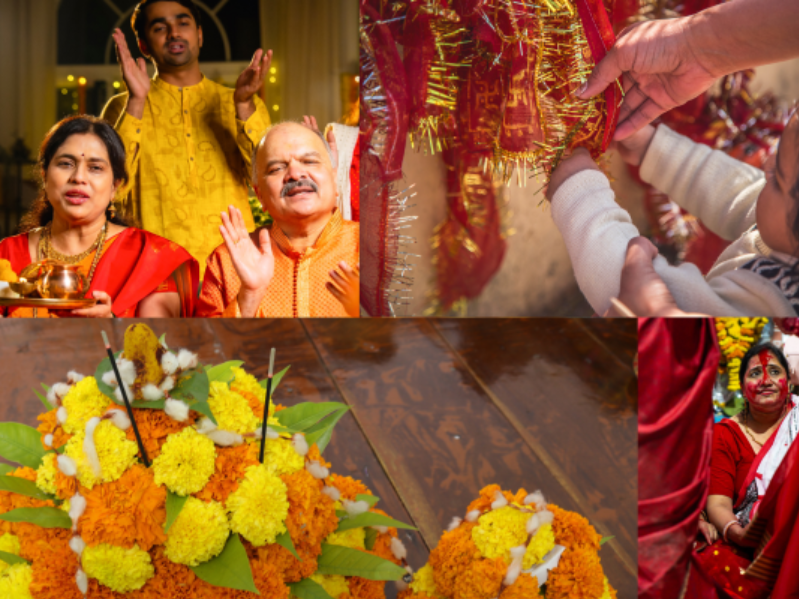 Representative Image / Canva
Representative Image / Canva
As the autumn moon rises, India prepares for nine nights of devotion and revelry—each state dressing Navratri in its own colors. From rhythmic dances in the west to doll-studded displays in the south, the festival becomes a living atlas of regional traditions, united in the worship of the divine feminine.
Gujarat: Dancing with the Goddess
In Gujarat, Navratri is synonymous with garba and dandiya raas, where devotees whirl around a clay pot (garbo) lit with a lamp that represents the eternal energy of Goddess Amba. Each evening begins with an aarti before the dance floors ignite into a spectacle of swirling skirts and flashing sticks, often lasting until dawn.
West Bengal: Artistry of Durga Puja
On India’s eastern coast, Navratri merges seamlessly with the grandeur of Durga Puja. Kolkata transforms into a city of illuminated pandals (temporary temples) showcasing intricate idols of Durga in her moment of victory over demon Mahishasura. Mornings are marked by pushpanjali (flower offerings), while the final day’s sindoor khela sees married women applying vermillion to the Goddess and each other, a ritual of blessings and solidarity.
Maharashtra: Community and Continuity
In Maharashtra, households welcome Navratri with ghatasthapana, installing a copper pot crowned with a coconut as a symbol of creation. Housing societies gather for nightly aartis and garba dances, blending spiritual devotion with neighborhood camaraderie. On the tenth day, the sacred pot is immersed in water, carrying prayers for prosperity.
Tamil Nadu: Dolls, Songs, and Social Warmth
The south celebrates with the charming tradition of Golu, where families create tiered displays of dolls depicting gods, epics, and everyday life. Visitors are greeted with devotional music and servings of sundal, a protein-rich legume snack, turning homes into spaces of both worship and community exchange.
Karnataka: Royal Pageantry of Mysuru Dasara
In Mysuru, Navratri assumes regal proportions. The idol of Goddess Chamundeshwari is paraded on a golden throne atop an elephant during a grand procession. Torchlight parades, folk dances, and cultural shows transform the city into a celebration of victory and heritage.
Andhra Pradesh & Telangana: Blossoms of Devotion
Here, the festival is marked by Bathukamma, a vibrant gathering where women craft intricate floral towers, sing folk songs, and immerse their creations in water. Temples also honor the Goddess with Devi Alankaram, adorning her in a new avatar each day of the festival.
Himachal Pradesh: Mountainous Devotion
In the Kullu Valley, Navratri concludes with a dramatic Rath Yatra, as hundreds of village deities are carried in procession to the main fairground. Bonfires and the symbolic burning of effigies celebrate the triumph of good over evil against the backdrop of the Himalayas.
Northern Heartlands: Tales of Ramayana
In Uttar Pradesh, Bihar, Punjab, and Haryana, Navratri evenings echo with Ramlila performances—dramatic retellings of the Ramayana. The festival peaks with the burning of Ravana’s effigies on Dussehra, sending sparks into the night sky as a reminder of righteousness prevailing over darkness.
ADVERTISEMENT
ADVERTISEMENT
E Paper
Video


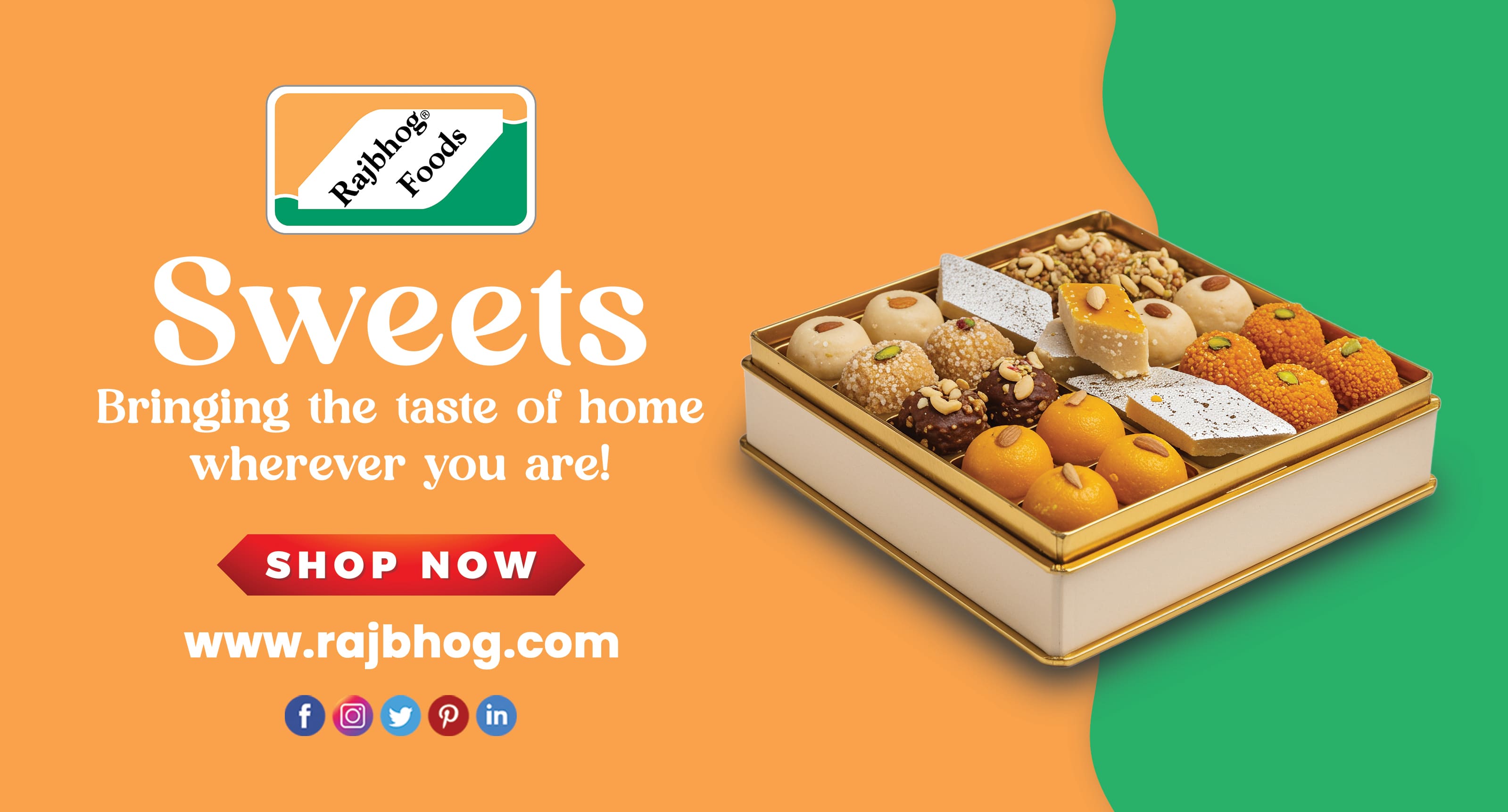
1759953093.png) Staff Reporter
Staff Reporter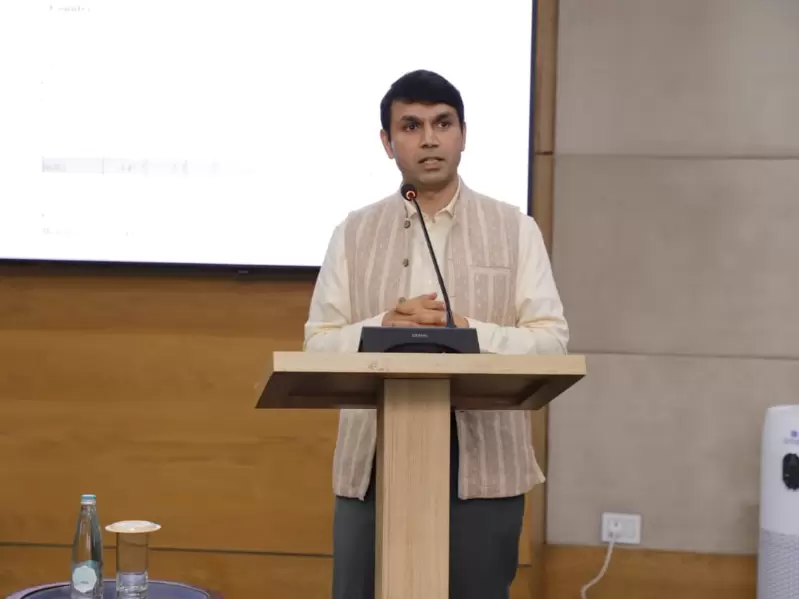
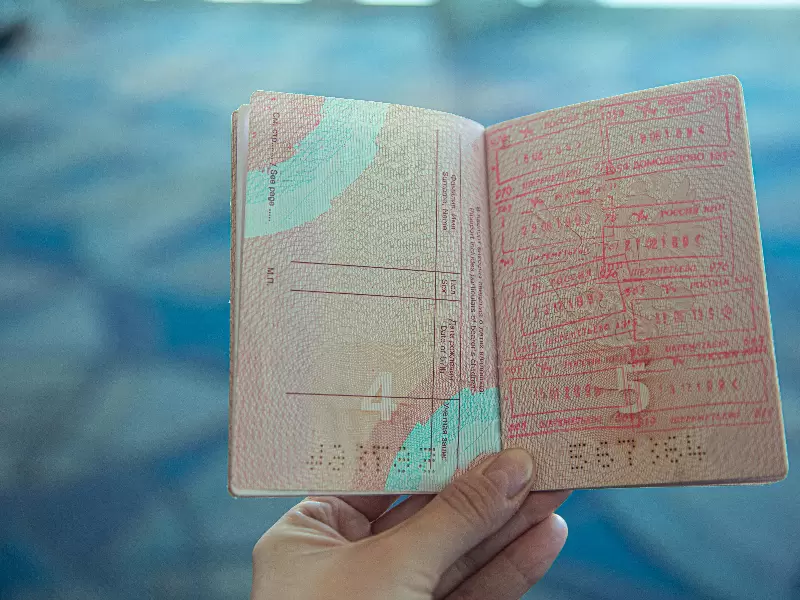
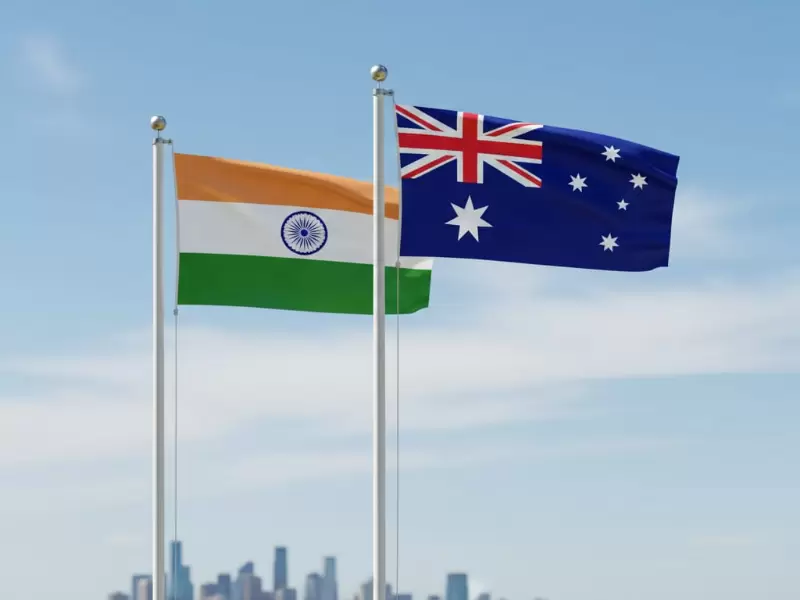
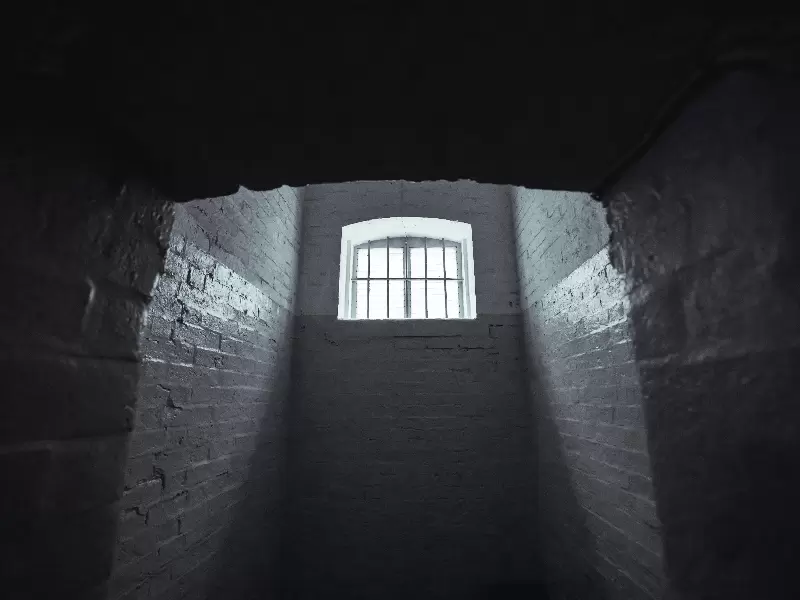
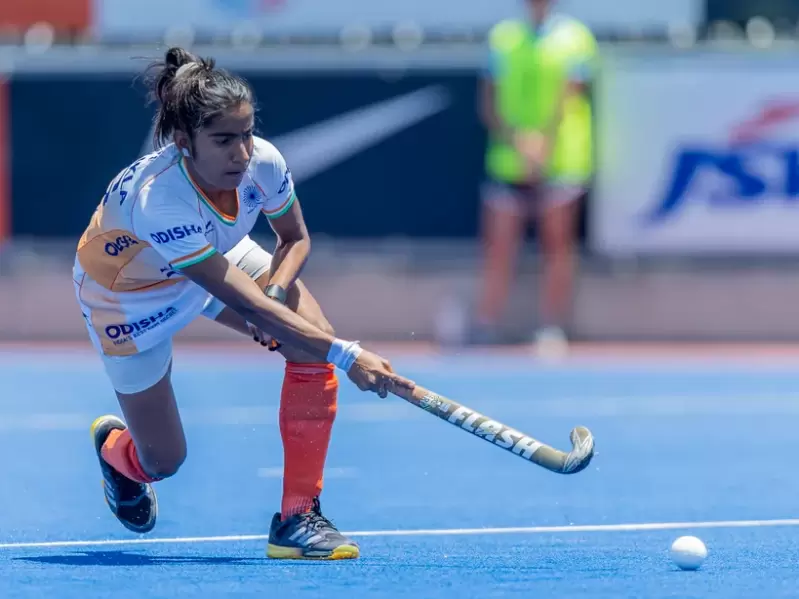
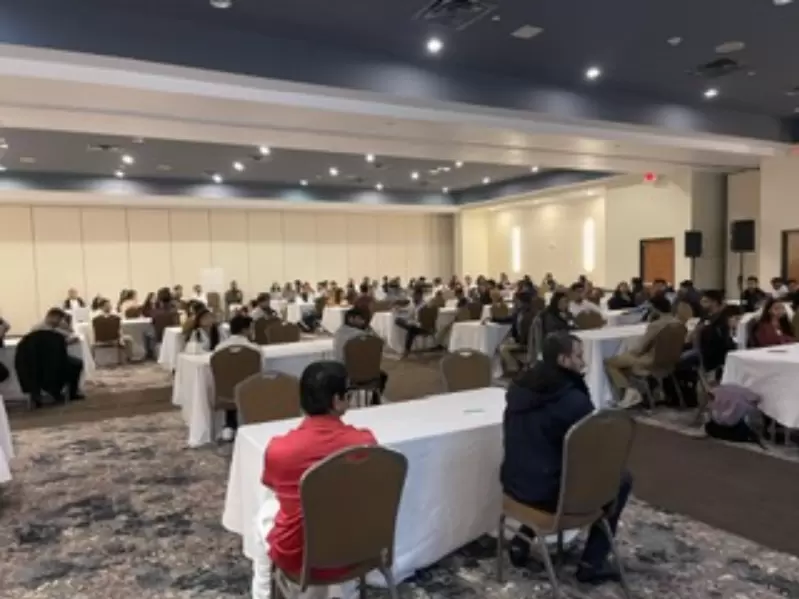
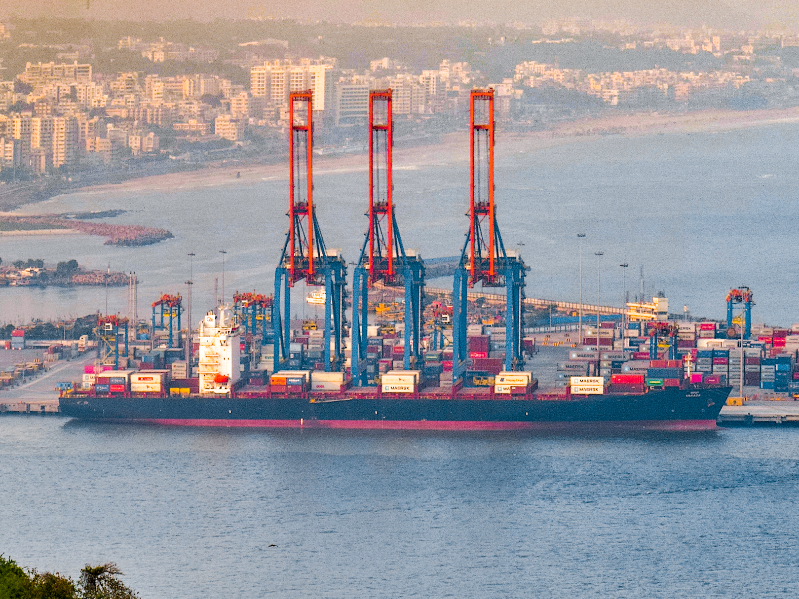
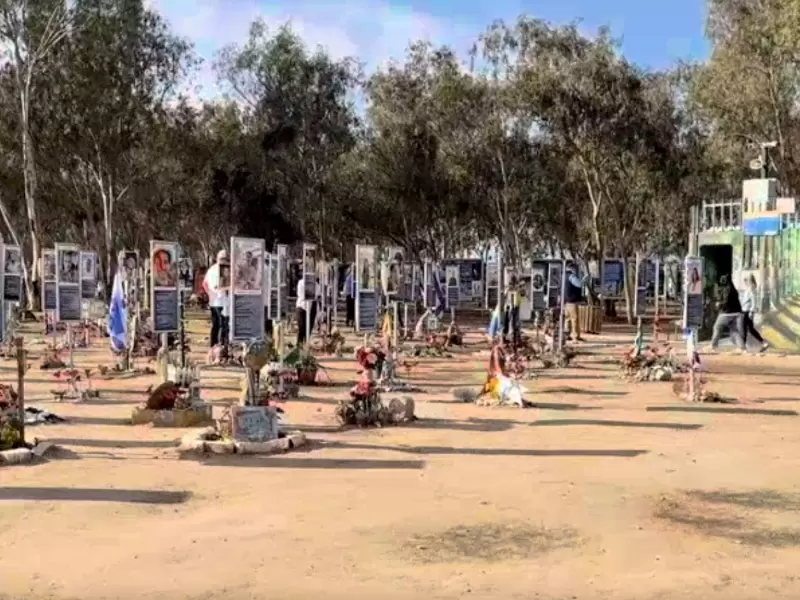

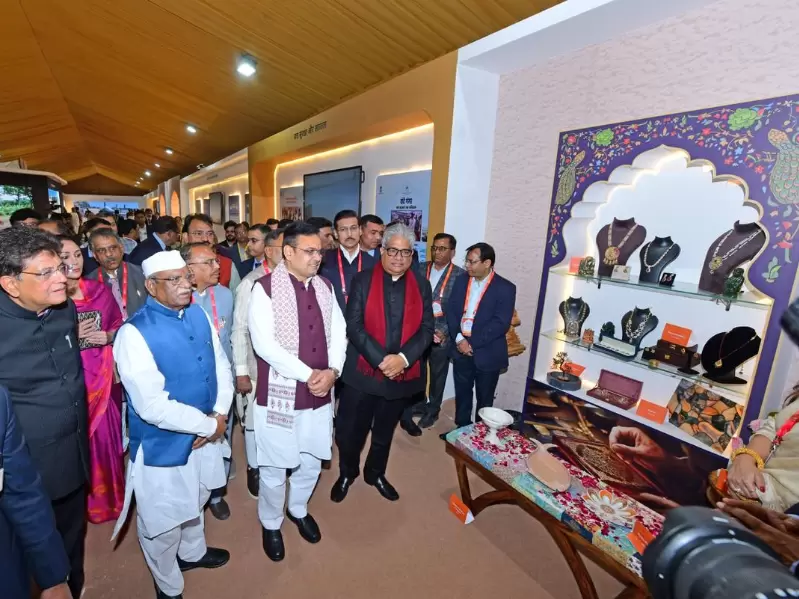



Comments
Start the conversation
Become a member of New India Abroad to start commenting.
Sign Up Now
Already have an account? Login